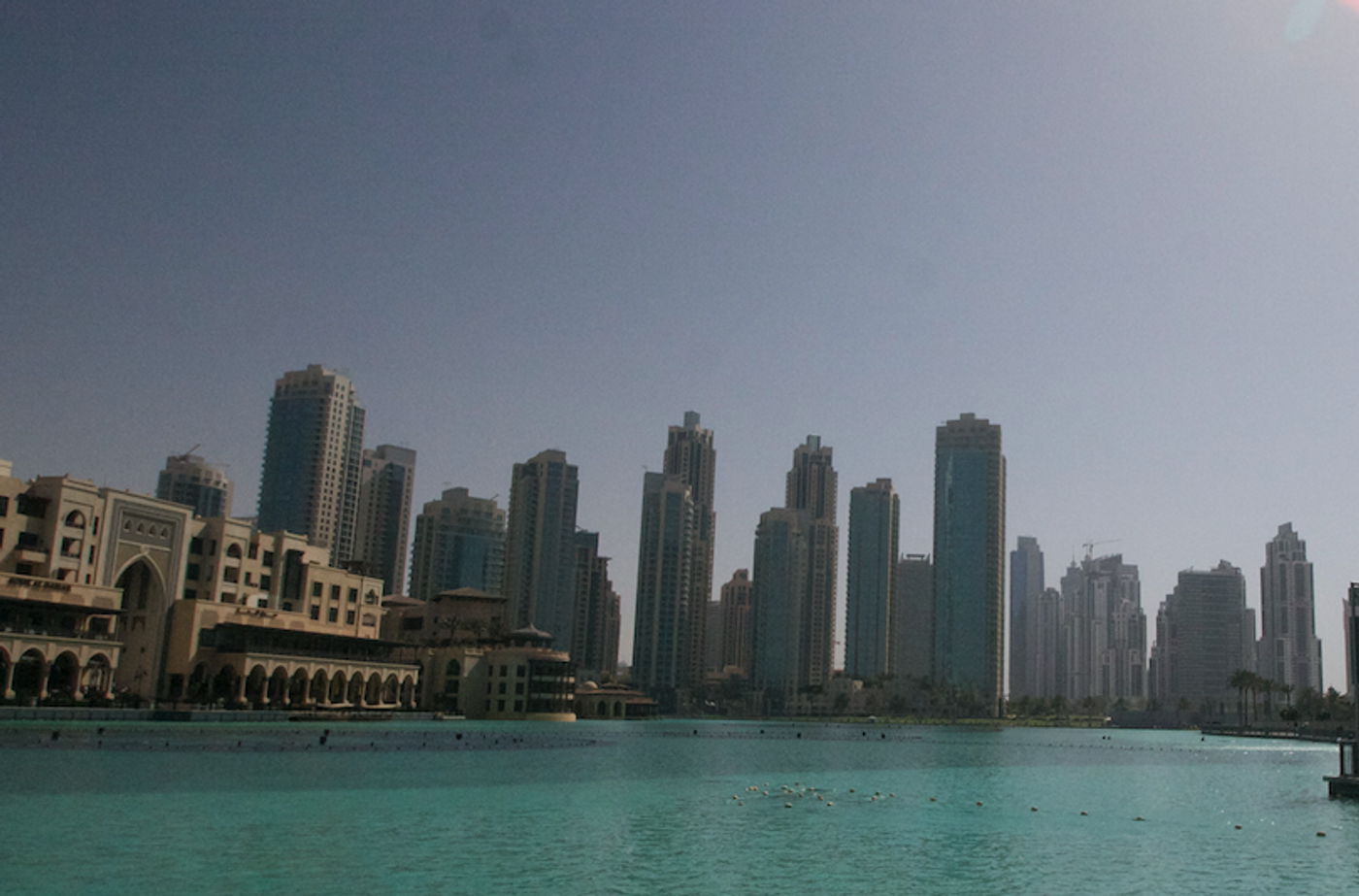Dubai Gets More Than a Year's Worth of Rain in Twelve Hours
The heaviest rains ever recorded in the United Arab Emirates (UAE) slammed Dubai this week, bringing road and air traffic to a halt and causing chaos in the arid, modern metropolis. While the city dealt with a deluge of 142 millimeters (5.59 inches) in 24 hours, it's estimated that 259.5 millimeters (10.2 inches) of rain fell in the hardest hit areas. Either way, it's the most rain in one storm since the start of record-keeping in the UAE 75 years ago. Houses were flooded, some up to the roofs, while a road tunnel leading to and from the Dubai airport was totally submerged.
The UAE is hot and dry, and averages 140 to 200 mm (5.5 to 7.9 inches) of rain every year. Dubai typically gets about 94.7 millimeters (3.73 inches) of rain annually. Violent dust storms are more common that violent thunderstorms. In recent times, there have been efforts to seed clouds in the region as groundwater dries up, leading some to wonder whether that played a role in these record rains. But experts say that is not possible.
"It's most certainly not cloud seeding," said private meteorologist Ryan Maue, former chief scientist at the U.S. National Oceanic and Atmospheric Administration. "If that occurred with cloud seeding, they'd have water all the time. You can't create rain out of thin air per se and get six inches of water. That's akin to perpetual motion technology."
"When we talk about heavy rainfall, we need to talk about climate change. Focusing on cloud seeding is misleading," said climate scientist Friederike Otto of the Imperial College of London. "Rainfall is becoming much heavier around the world as the climate warms because a warmer atmosphere can hold more moisture."
Otto is an expert who directs a team of researchers that seek to determine whether climate change causes extreme weather events.
An official with the UAE's National Center of Meteorology also added that the UAE had not seeded clouds during this storm, because the precipitation was already forecast to be heavy.
In cloud seeding, small particles are shot into clouds to promote the formation of precipitation; these may be dry ice or silver iodide. But there is disagreement about whether it even works. It is still used in a variety of places around the world, including the state of Utah. In 2023, the U.S. Bureau of Reclamation allocated $2.4 million for cloud seeding along the Colorado River, and the seeding budget of Utah has recently been made ten times larger, as the state deals with a prolonged drought affecting the West.
Recent research has suggested that these major storms could become more frequent in the region around the Arabian Peninsula as climate change ramps up.
Other countries in the area also saw torrential, damaging rainfall. Flash flooding killed at least 17 people in Oman.









